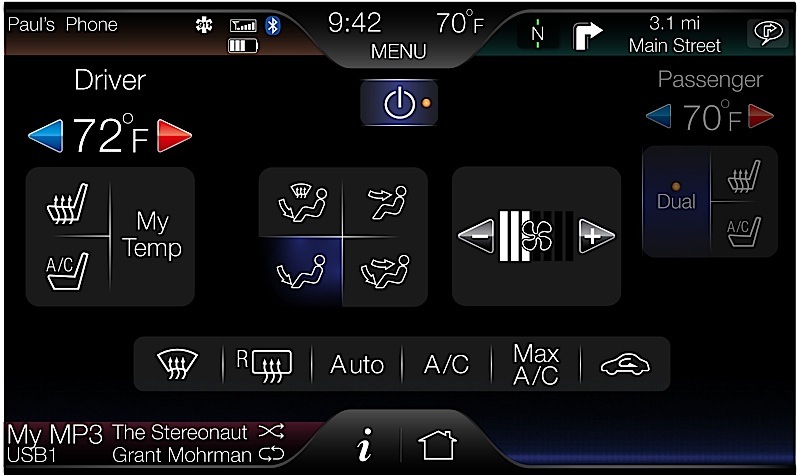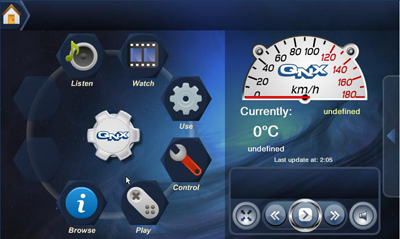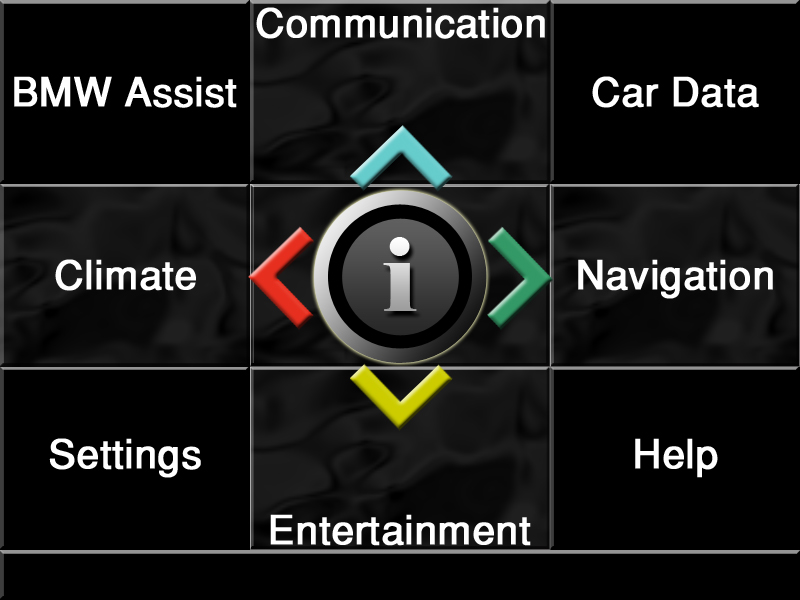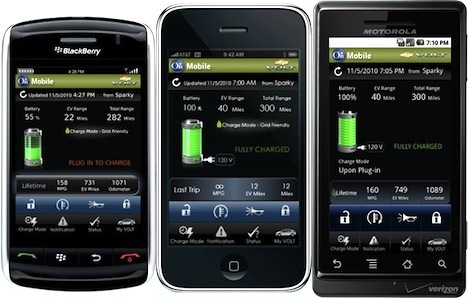Not computers uniform

When someone talks about operating systems, I somehow think by default that we are talking about computers or mobile phones. At the same time, the idea of cars never comes to me. Therefore, I was doubly interested to learn that there is quite a tough competition in the market of operating systems for automobiles.
On the one hand, such IT giants as Microsoft or Google create entire automotive divisions, on the other - the largest automotive concerns conclude contracts with several developers at once. In this topic, I tried to consider the most interesting, in my opinion, the results of this symbiosis.
Microsoft
Microsoft is not the first year that it has been promoting its operating system to the automotive market, moreover, the company has a whole automotive department.
')
So, in 2006, they developed the first car operating system - Microsoft Auto. The system did not control the car completely; its tasks included monitoring the vehicle’s communication system, as well as safety and diagnostic systems. In the same year, based on Microsoft Auto, a multifunctional Blue & Me system for Fiat was developed, as well as the Sync infotainment system for Ford cars.

Despite the fact that Sync didn’t promote much, and it was sold exclusively as an option, in 2007 about 30 thousand systems were sold in the USA. Moreover, in the same year, the system was installed on 12 models of Ford, Lincoln and Mercury cars.
In the wake of this success in February 2008, the general manager of the automotive division of Microsoft, Martin Toll, announced that before the end of the year Microsoft intends to conclude a contract with the largest US automakers to supply Microsoft Auto. Moreover, he said that the company intends to make its operating system for the car as popular as for personal computers. After this loud statement, Microsoft fell silent for two and a half years.
However, just two weeks ago, Microsoft introduced a new version of its operating system - Windows Embedded Automotive 7.

Unlike its predecessor, WEA 7 may be the only system in a car. On its basis, it can be possible to create service technical systems that monitor absolutely all car components, as well as entertainment systems only.
In general, developers are positioning their system as “capable of integrating management, communications, navigation, entertainment and information services in one platform.” For the maximum comfort of consumers, the system supports voice commands, touch data entry, hands-free-headset and other buns.
Windows Embedded Automotive is currently being tested at Ford, where they say that the on-board computers of their future electric vehicles will be created on the basis of the system. The first models should appear in the first half of 2011.
Research In Motion Limited
Research In Motion Limited (RIM) is a Canadian telecommunications company known for the most part as a Blackberry manufacturer. In April of this year, they bought out a unit engaged in the development of a Unix-like QNX operating system. And at the same time and limited access to its source codes.
A few words about QNX. Since the creation of this system in 1982, it has been an embedded operating system. It is so popular and versatile that its scope varies from ATMs to nuclear reactors. But most importantly, it is licensed for use in cars of almost all concerns, including the most famous ones: Toyota, Volkswagen, General Motors, BMW, Fiat, DaimlerChrysler (which owns Mercedes-Benz in particular).
So, at the exhibition SAE Convergence 2010, the company introduced the concept of the Corvette, in which the QNX CAR platform was implemented.

The system demonstrates how to integrate car infotainment systems with new mobile applications. The concept had a dynamically tuned digital dashboard that provides work in 2 modes. The first - driving mode - in addition to standard tachometers / speedometers included a navigator, applications for finding the nearest parking lot, gas station. The second, the infotainment mode, offered geosocial services for finding nearby friends, a weather forecast, streaming Internet radio Pandora, as well as a browser based on the Webkit core.
In addition, the “Terminal Mode” mode was introduced, providing duplication of the smartphone screen in the on-board system. The mode allows you to control the phone using the buttons on the steering wheel and the touch screen.
Siemens + BMW
Still, it would be strange if the operating systems for cars were developed exclusively by IT giants. A significant contribution was made by BMW.
In 2002, the BMW 745i was released, which at that time was the most computerized car in the world. In fact, the seven was the first production car, which united the entire electronic-computer stuffing of the car into a single complex and provided the driver with a common interface for control. The system is called iDrive. It was developed by Siemens, based on Windows CE.

The system turned out on the one hand brilliant, on the other hand a failure. Ingenious because the engineers really managed to achieve their goal. First, the system both in theory and in practice turned out to be very stable. Secondly, she really used the technical characteristics of the car itself. Well and thirdly, it actually allowed to manage all the capabilities of the car. Adjusting the head restraint is not a question, talk on the phone - if you please, turn off the dynamic thrust system to go into controlled drift mode - please.
The system had only one drawback - it was impossible to use it. The iDrive had about 700 functions, but the average driver needs several dozen of them. The necessary menu item was simply impossible to find. A professional racer should perform up to four operations per second, but using the iDrive system, he is deprived of such an opportunity - he just needs to wait for the switching of menu items. As a result, the system was terribly redundant. As they said in one automobile magazine, the television remote control has turned into a spacecraft control console.
The company General Motors decided not to follow in the footsteps of BMW and not reinvent the wheel. They just took and entered into a contract with Google. So the future hybrid cars of the company, probably, will work on the basis of Android OS. Now companies are mainly working on the symbiosis of a mobile phone and a computer.
Chevy Volt was supposed to be one of the first cars on the market that would take advantage of mobile phone capabilities. Using the OnStar mobile app, Volta owners can use a communicator to get information about charge level, maximum travel distance, fuel efficiency, etc. Plus the program makes it easy to change charging priorities. Of course, all this can be done remotely.

In addition, the application can be used to obtain information from the security systems of the car, as well as manage the startup or lock / unlock the doors. If anyone is interested, here is a link to a video from CES 2010, but honestly, it is terribly tedious.
However, General Motors plan to offer a whole new level. Android as a vehicle operating system will be integrated with Google services, which will allow, firstly, to use, for example, Google Maps, to get terrain maps, traffic information, weather, etc; and secondly, send information about your own state to Google servers.
It would be nice if Google and GM allow third-party developers to release additional software designed to further extend the standard functionality. But this is a dream. In the meantime, we can rejoice that our car still does not tell us in the morning “engine.exe can not be executed” :-)
Source: https://habr.com/ru/post/107581/
All Articles